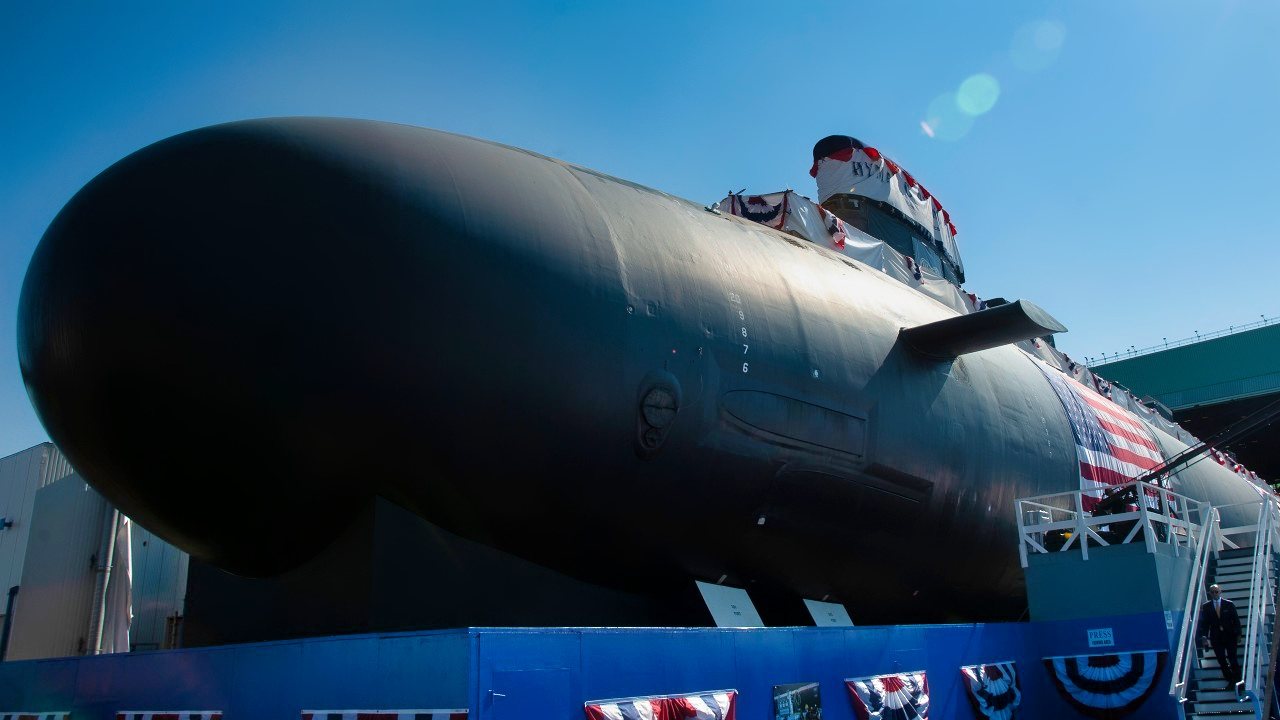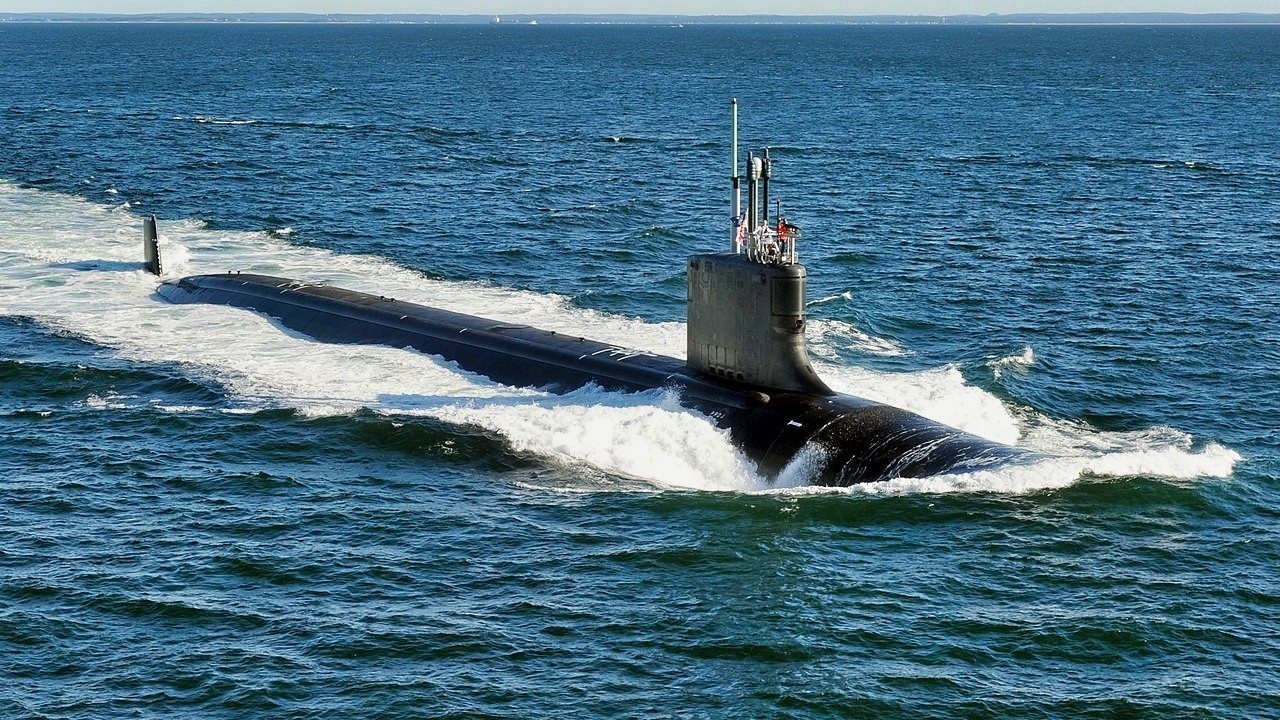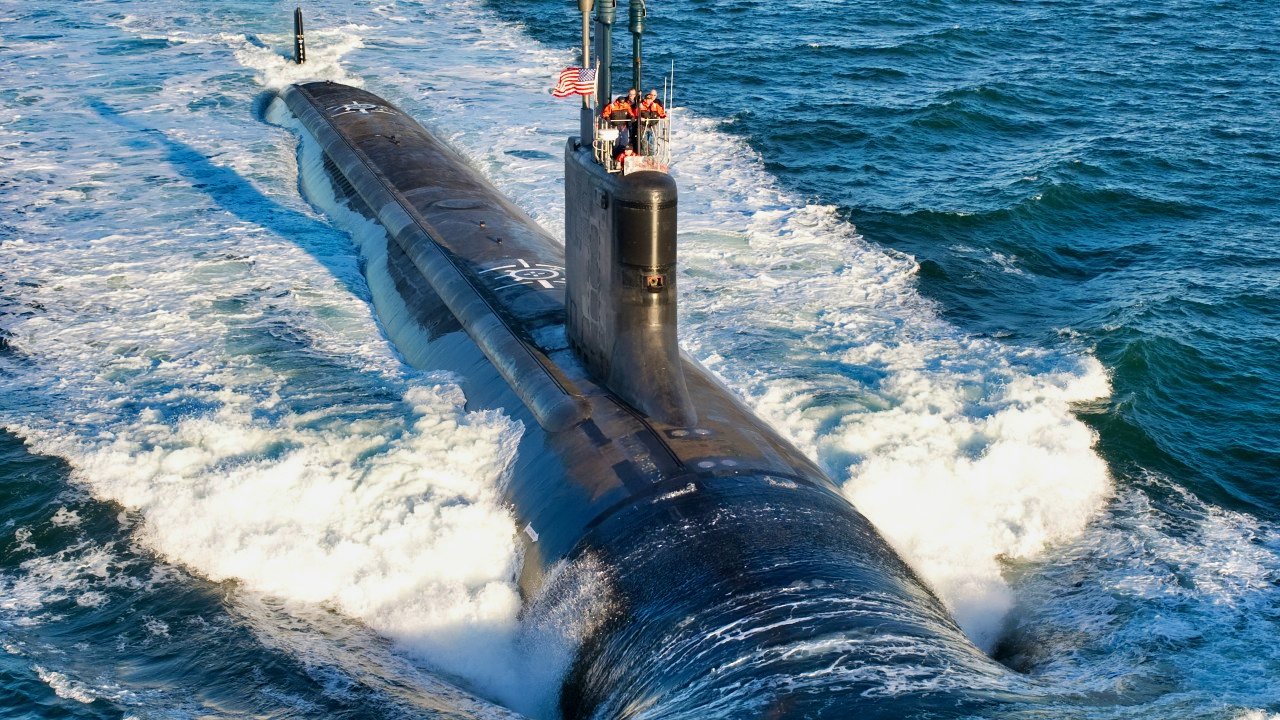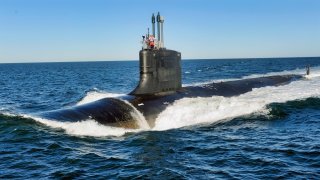The Navy's Virginia-Class Submarine Nightmare Is Just Getting Started
America's shipyards face a critical challenge as they struggle to meet the demands for new warships, notably the Virginia-class submarines, crucial for maintaining naval superiority, especially in potential conflicts with nations like China.
Summary: America's shipyards face a critical challenge as they struggle to meet the demands for new warships, notably the Virginia-class submarines, crucial for maintaining naval superiority, especially in potential conflicts with nations like China.

-Despite receiving substantial government funding, these shipyards are hindered by a lack of competition, skilled labor shortages, and an overwhelmed infrastructure, complicating the production of essential military and civilian vessels. Historically, America has faced similar challenges, and just as it addressed them in the past through the creation of the United States Shipping Board during World War I, a contemporary equivalent might be necessary to revitalize the nation's shipbuilding capacity.
-This revitalization is essential for the U.S. Navy to maintain its operational readiness and capability, particularly in the Indo-Pacific region against growing Chinese military advancements.
Virginia-Class Submarine Concerns: U.S. Naval Readiness Threatened by Shipyard Delays and Labor Shortage
There’s a major problem with America’s shipyards. They cannot produce warships for the Navy even though they are lavished with gobs of tax dollars, and, thanks to 10 U.S. Code Section 8679, all U.S. military warships must be built in American shipyards. Therefore, US Navy shipbuilders have no real competition.
One would think that there would be no excuse for American shipbuilders to be unable to meet increased demand (let alone peacetime demand) for the construction of new warships. And, given the importance that the US Navy has for the country’s Armed Forces, one could be forgiven for simply assuming that the construction of warships would be a national priority.

But, as the recent complications regarding the construction of the Navy’s new Virginia-class submarines prove, America’s shipyards are in dire straits.
Even though the world has become gripped in war fever, with wars and rumors of wars erupting all across the arc of Eurasia—even fears that major warfare could erupt between Venezuela and their neighbors in Guyana—America’s shipyards continue to putter along, failing to meet the needs of their US Navy clients.
Submarines Needed
The United States is in desperate need of greater numbers of submarines, especially as its conflict with the People’s Republic of China for control over the Indo-Pacific region (and likely the world as time progresses) goes from cold to hot. Whereas the Americans have been distracted and dithered, China’s rise as a modern, wealthy world power with a considerable high technology base, has been methodical and exponential.

China plans on dominating its region.
To do that, Beijing must deprive the distant Americans of their ability to readily and reliably deploy forces into the Indo-Pacific region by fielding considerable anti-access/area denial (A2/AD) systems.
These weapons basically negate America’s surface warship fleet—notably its mighty aircraft carrier force—and likely its ability to deploy warplanes near regions that fall under the protective bubbles of these comprehensive Chinese A2/AD systems.
It is from beneath the geopolitically turbulent seas where the US Navy can still reliably project power. Currently, the US Navy lacks the numbers of submarines it needs to fight—and win—a war against China.
Yet, its shipyards can’t seem to get things right.
The Virginia-Class Submarine Problem
Virginia-class submarines are a real workhorse for the United States Navy. They first went into service in the year 2000. They were a cheaper replacement for the Seawolf-class submarine which was quickly discontinued in the 1990s when the Soviet Union collapsed the Cold War ended in a bloodless US victory.
The Seawolf-class itself was originally intended to replace the aging Los Angeles-class attack subs. The Virginia-class is another attack submarine. It conducts a variety of missions for the Navy, such as reconnaissance, littoral operations, intelligence-gathering, and anti-submarine warfare.

Sadly, there are significant delays in the construction of the Block V variant of the Virginia-class submarine (the Block IV variant is the only version of the submarine operating today). As Maya Carlin has correctly pointed out, the Block V Virginia-class submarines are being built “by the same manufacturers responsible for building the latest Columbia-class vessels.”
And, as Carlin concluded, “Clearly, this workload may be too ambitious, as schedules for both platforms keep getting extended.”
The problem, though, is the shipyards themselves.
Shipbuilding Nightmares
For starters, there is but one manufacturer in the United States that can produce nuclear submarines. Overload it and everything gets slowed. So, the basic infrastructure supporting shipyard operations in the United States has been eviscerated by decades of outsourcing, downsizing, and short-term thinking.
Meanwhile, there is a real crisis in being able to find skilled workers who can build the submarines. Lack of skilled labor slows everything down. This creates the backlog currently being experienced in America’s shipyards.
And it isn’t just warships that the US shipyards are struggling to complete. The Americans have all but given up on the notion that they should build large cargo vessels. The US doesn’t produce the kind of large cargo vessels that the rest of the world uses today for international trade.
But China produces nearly 40 percent of these ships.
As a nation builds its civilian maritime fleet for international trade, such as China has done, it can simultaneously benefit that country’s navy by ensuring that the infrastructure and resources are in place to fulfill orders for warships. Part of America’s problems is there is a lack of proper demand for ships and that lack of demand means a lack of adequate human capital in the domestic shipbuilding industry.
A New United States Shipping Board Should Be Created
The government must step in with a strategy and resources to jumpstart and rehabilitate America’s nearly dead shipbuilding capacity. Interestingly, this is not the first time that both the civilian and military shipbuilding capabilities of the United States were nearly collapsed.
Shortly before the First World War erupted and the United States intervened, America’s shipbuilding capacity was low. To overcome this lethargic shipbuilding in America, the US Congress passed the Shipping Act in 1916 that, in turn, created the United States Shipping Board.

The Shipping Board got American ship production, both for civilian and, concomitantly, for military purposes into high gear. Because of these efforts, US shipbuilding surged and created one of the largest fleets in the world.
America today needs something similar because if things are left up to either the private sector or if the government continues operating as it has for the last several decades, then no new submarines will be built, and America’s military will struggle to wage war when it comes.
About the Author
Brandon J. Weichert, a National Interest national security analyst, is a former Congressional staffer and geopolitical analyst who is a contributor at The Washington Times, the Asia Times, and The-Pipeline. He is the author of Winning Space: How America Remains a Superpower, Biohacked: China’s Race to Control Life, and The Shadow War: Iran’s Quest for Supremacy. His next book, A Disaster of Our Own Making: How the West Lost Ukraine, is due October 22 from Encounter Books. Weichert can be followed via Twitter @WeTheBrandon.
All images are Creative Commons.


